
Ma: “We all need more than one mentor”
For Prof. Brigette Ma, dealing with diversity and finding opportunities in criticisms are essential to grow as oncology professionals

For Prof. Brigette Ma, dealing with diversity and finding opportunities in criticisms are essential to grow as oncology professionals
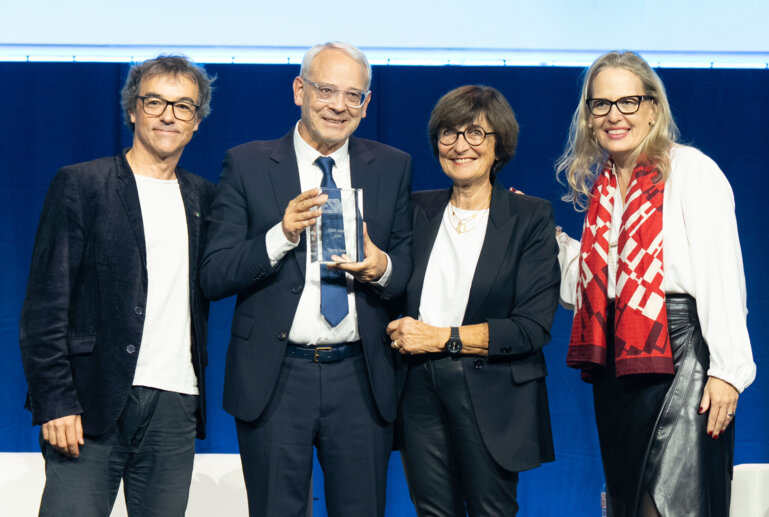
The 2025 ESMO Awardee, Thierry Conroy, traces the major advances in the field while noting that several barriers to improving patient outcomes remain
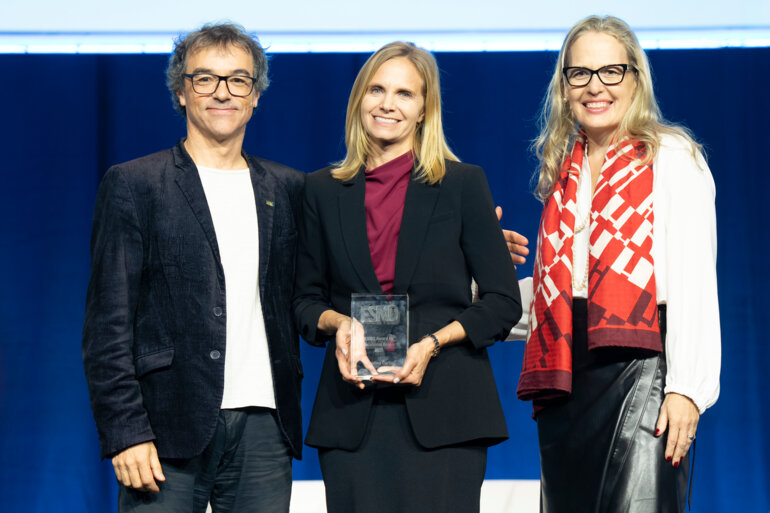
Growing evidence shows that AI models can predict a patient's disease trajectory and signal the need for early therapeutic intervention
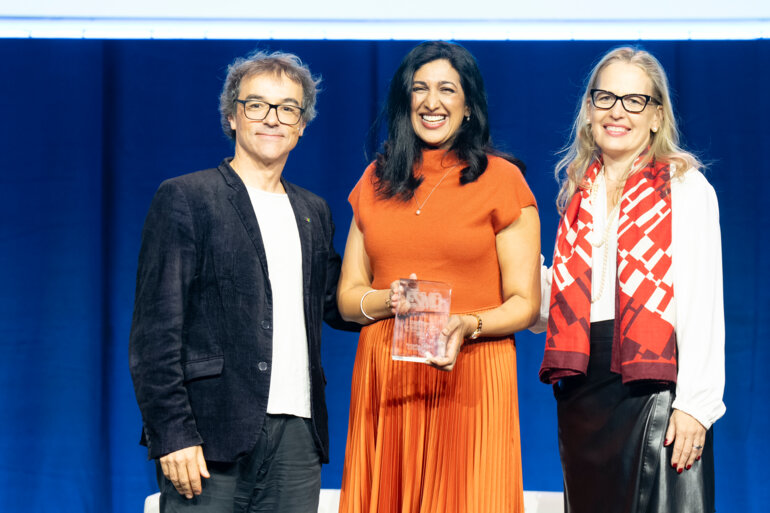
Receiving the 2025 ESMO Women for Oncology Award, Dr Natasha Leighl stresses the importance of passing along learnings, support and opportunities to others
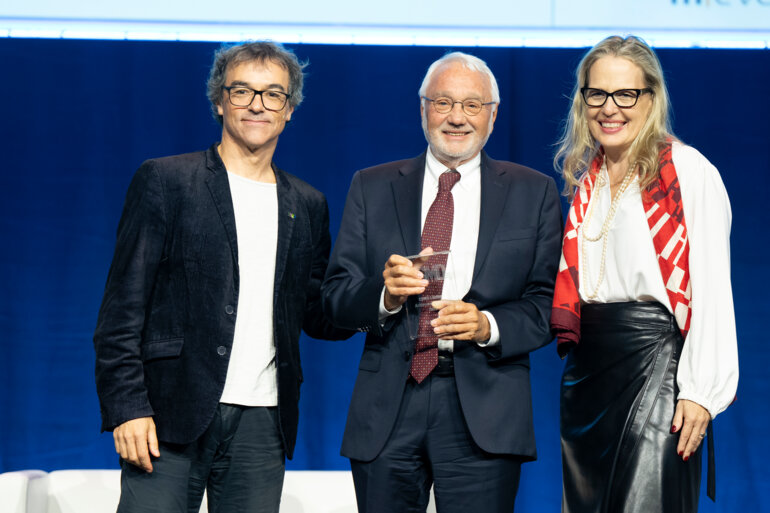
The 2025 ESMO Lifetime Achievement Awardee, Prof. Rolf Stahel, reflects on the role of the oncology community to drive progress in cancer care

An interview with ESMO President Prof. Fabrice André underscores the importance for any medical oncologist of developing artificial intelligence literacy

The recipient, Balazs Acs from Karolinska Institutet, will conduct a two-year project to transform the manual aspects of breast cancer pathology into quantitative ones

Career growth is a step-by-step journey, built on resilience, clarity, and the ability to face challenges head-on - because success never happens overnight
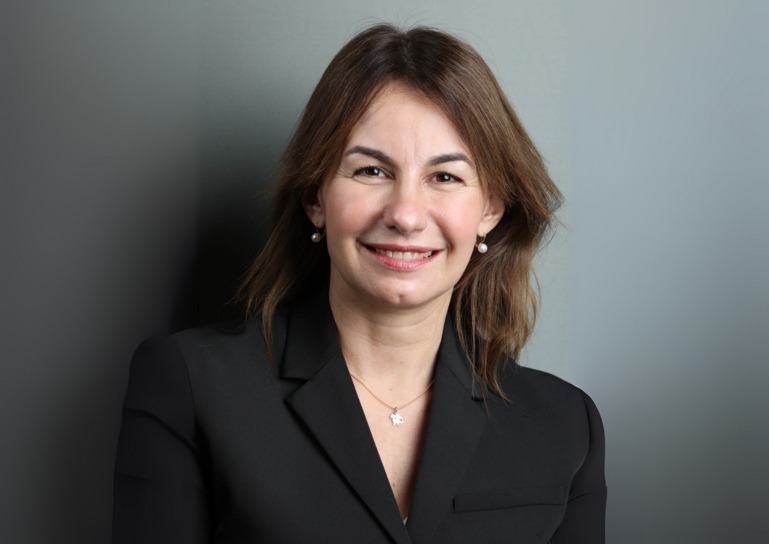
Reflecting on her transatlantic journey from Italy to the United States of America, Prof. Marina Chiara Garassino shares the key lessons that continue to influence her leadership style

ESMO now welcomes members from other disciplines to support and expedite the digital transformation of cancer care
This site uses cookies. Some of these cookies are essential, while others help us improve your experience by providing insights into how the site is being used.
For more detailed information on the cookies we use, please check our Privacy Policy.
Necessary cookies enable core functionality. The website cannot function properly without these cookies, and you can only disable them by changing your browser preferences.